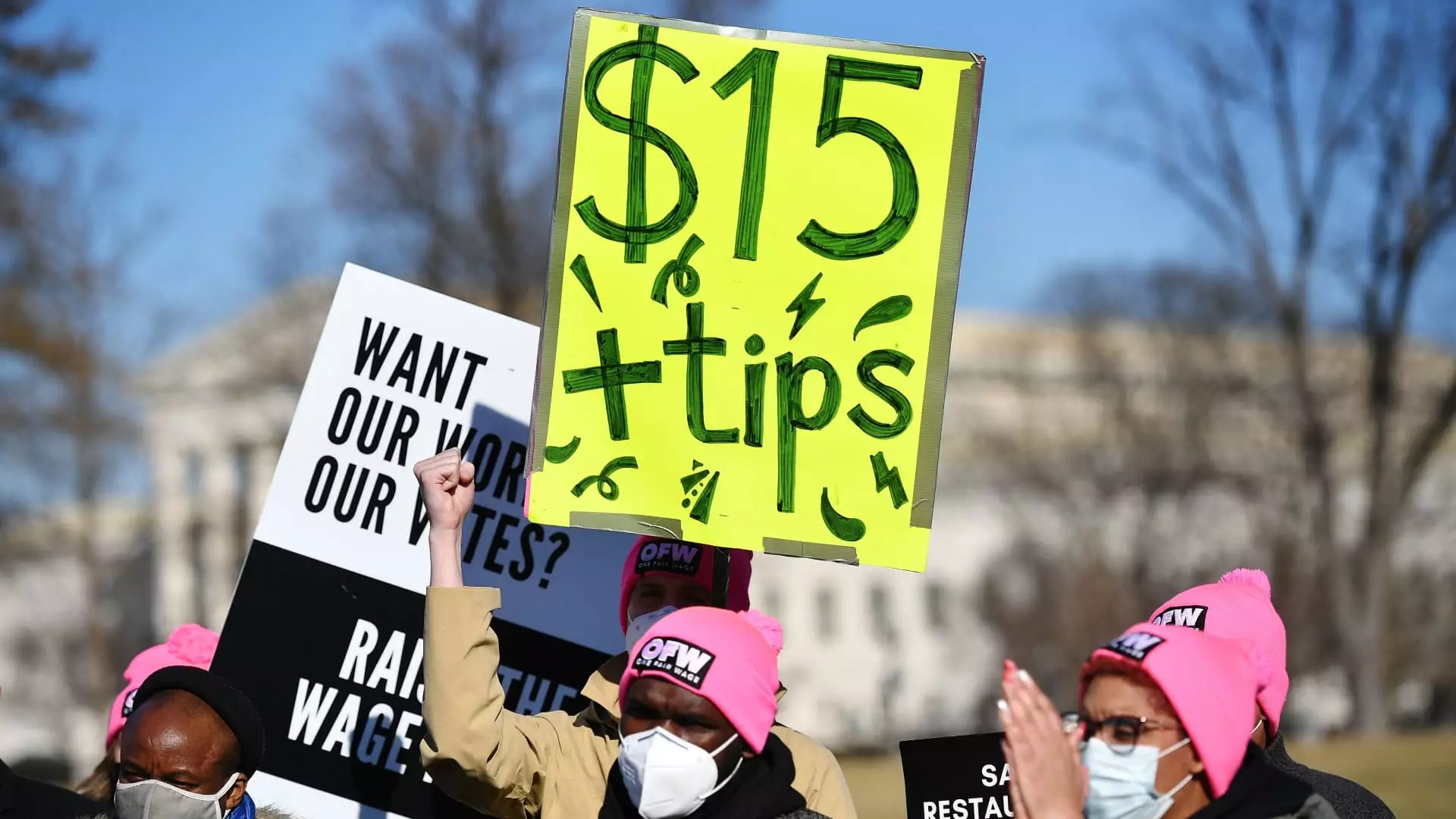The federal minimum wage has remained stagnant at $7.25 per hour for the past 15 years, providing little relief for the workers it is meant to support. This lack of increase in the minimum wage has left many workers struggling to make ends meet as the cost of living continues to rise.
**The Need for Change:** It is evident that there is a critical need for a change in the federal minimum wage to ensure that workers are paid fairly for their labor. Democratic presidential nominee Kamala Harris has pledged to address this issue and raise the minimum wage to support working families across America.
While many states have taken the initiative to establish minimum hourly pay rates that are higher than the federal minimum wage, 20 states still have wages that are equivalent to or lower than the federal level. This discrepancy leaves workers in those states at a disadvantage, struggling to meet their basic needs on the current minimum wage.
**Tipped Workers:** Tipped workers face an even greater challenge, with a federal minimum wage of only $2.13 per hour. Although tips are meant to supplement their income to reach the $7.25 per hour threshold, this system is flawed and often leaves workers with unpredictable earnings.
**Consumer Buying Power:** One crucial aspect that is often overlooked in the minimum wage debate is the connection between higher wages and stronger consumer buying power. When workers earn higher wages, they are more likely to spend that money, which in turn benefits businesses and the economy as a whole.
**Economic Security:** A higher federal minimum wage would not only provide much-needed relief to low-wage workers but also contribute to their sense of economic security. The current minimum wage has lost a significant portion of its purchasing power over the years, making it increasingly difficult for workers to make ends meet.
Raising the federal minimum wage to $15 per hour would have a substantial impact on the incomes of approximately 20 million workers. This increase would benefit both low-wage workers who are currently earning slightly above the minimum wage threshold and those who are struggling to make ends meet. Ben Zipperer, a senior economist at the Economic Policy Institute, highlights that changes in wages do not necessarily result in significant changes in employment. Instead, higher wages make it easier for companies to recruit and retain workers, leading to a more stable workforce.
**Industry Trends:** Despite the reluctance to increase the federal minimum wage, some companies, such as Target and Walmart, have taken steps to set their own higher minimum pay thresholds in response to labor market conditions. This demonstrates that it is possible for businesses to adapt to higher wages and prioritize the well-being of their workers.
**Looking Ahead:** As the debate surrounding the federal minimum wage continues, it is essential to recognize the urgent need for change. Advocates emphasize the importance of supporting efforts to raise the minimum wage at the national level to ensure that workers are adequately compensated for their work. The time for action is now, and it is crucial to prioritize the well-being and economic security of low-wage workers across the country.

